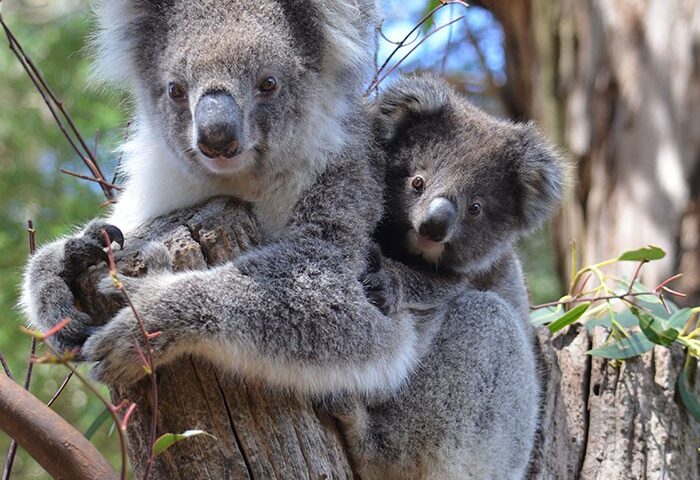
Yomiuri Shimbun file photo
Drive fishery in Taiji, Wakayama Prefecture, in September 2013
The Yomiuri ShimbunAt least 18 aquariums nationwide have obtained dolphins captured through drive fishery, a practice that led the World Association of Zoos and Aquariums (WAZA) to suspend the membership of a Japanese industry association last month, a Yomiuri Shimbun survey has found.
The survey indicated that many aquariums in the nation rely on drive fishery, as 33 aquariums keep dolphins nationwide.
Drive fishery involves banging on metal poles in fishing boats and herding sound-sensitive dolphins into coves. WAZA forbids capturing wild animals through brutal means, and concluded that keeping and exhibiting dolphins taken through drive fishery in Taiji, Wakayama Prefecture, violates its code of ethics.
WAZA therefore suspended on April 21 the membership of the Japanese Association of Zoos and Aquariums (JAZA), which comprises 89 zoos and 63 aquariums. If WAZA believes there is no sign of improvement in the situation, it will expel JAZA from the organization as early as Friday.
Many JAZA officials are concerned about the possible effects of expulsion, as many of them obtain rare animals from foreign countries through their membership in the association. If JAZA decides to take action to avoid expulsion, it is highly likely the nation’s aquariums will no longer be able to obtain dolphins captured through drive fishery.
The Yomiuri Shimbun surveyed JAZA member aquariums about the number of dolphins they keep and how they acquired them.
Of 33 aquariums that keep dolphins, 18 said they purchased dolphins from drive fishery, according to the survey. Eight aquariums refused to answer the question, citing such reasons as “we could be negatively affected if we answer that question.”
The 33 aquariums keep at least 352 dolphins, of which 158 were captured through drive fishery. Some aquariums said all the dolphins they keep are from drive fishery.
Sixty-eight dolphins were captured after they were caught in a fixed net by accident, and 42 were bred at aquariums, according to the survey.
When asked about the pros and cons of breeding and exhibiting dolphins captured through drive fishery, many surveyed aquariums appeared to choose their words carefully before answering. “We can’t easily draw a conclusion about this matter, which could lead to political problems, just like the whaling issue,” said a director at an aquarium in western Japan.
Meanwhile, an official at an aquarium in the Tohoku region insisted on the validity of the fishery method.
“Drive fishery is Japanese culture that has been going on since the olden days. It is the right way, approved by the government,” the official said.
Many facilities avoided making a definite statement over whether they would continue to exhibit dolphins if they became unable to purchase animals obtained through drive fishery.
JAZA is now holding a vote among its member facilities on whether to keep its WAZA membership. Voting will close Tuesday, and JAZA will make its decision, based on the results, at a board meeting Wednesday.
Zoos urge breeding
Numerous zoos in JAZA have called for aquariums to obtain dolphins without depending on drive fishery.
A zoo director in the Chubu region said: “Zoos stopped obtaining and exhibiting wild animals some time ago. We’ve made efforts to breed animals. I think the time has come for aquariums to also change their way of thinking.”
Another zoo director said: “Beyond exhibiting living creatures, zoos and aquariums are also expected to work to conserve species through breeding.”
An official at a Chubu aquarium that does not keep dolphins said the fundamental nature of aquariums has been thrown into question. “I wonder whether it’s OK for aquariums to just be ‘show tents’ featuring a dolphin show,” the official said.
Overseas aquariums in WAZA breed dolphins by themselves, in principle.
However, this is difficult financially for small and midsized aquariums in Japan, as special facilities are needed for breeding. One aquarium official said they had tried breeding eight times in the past 30 years but succeeded only once.
An aquarium director in the Tohoku region said: “It’s important to think about new ways of breeding, such as having dolphins breed at large aquariums equipped with facilities and providing newborn dolphins to small aquariums nearby.”





